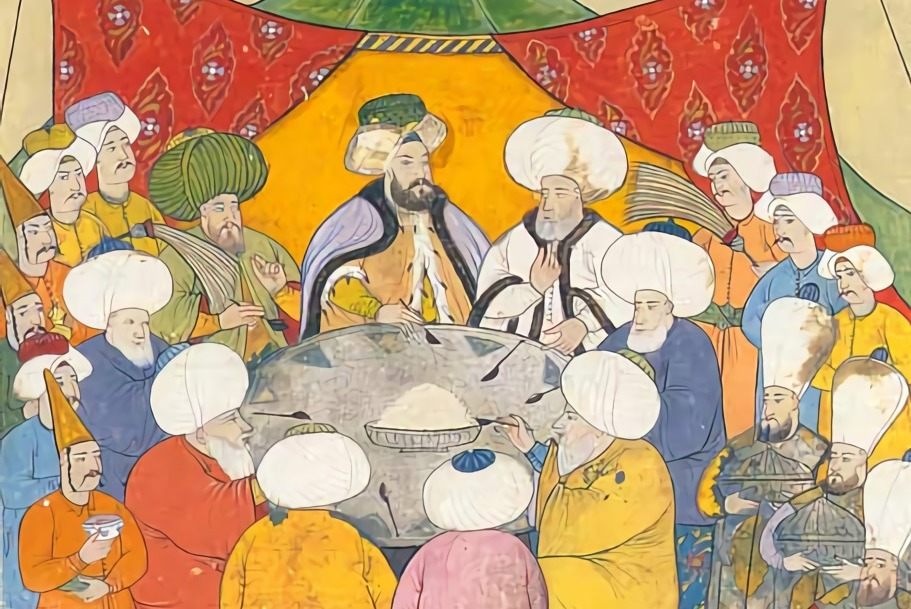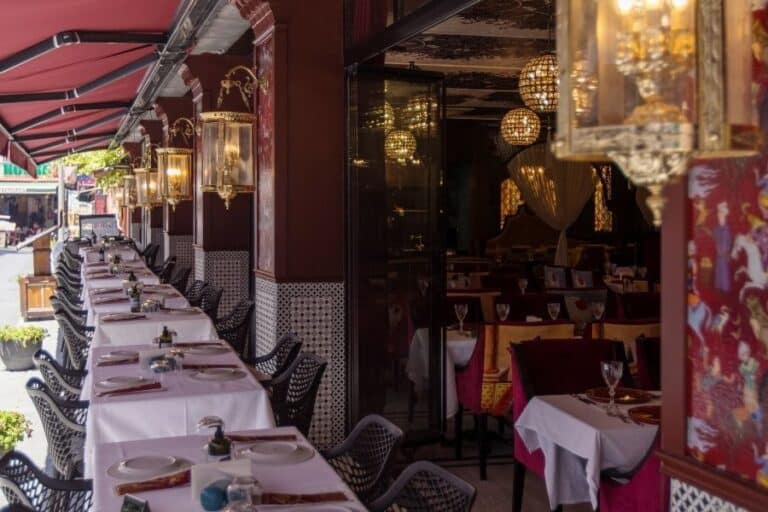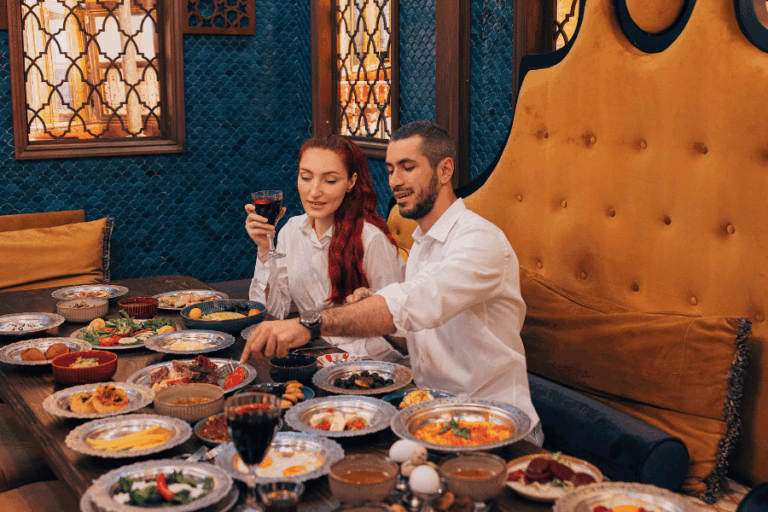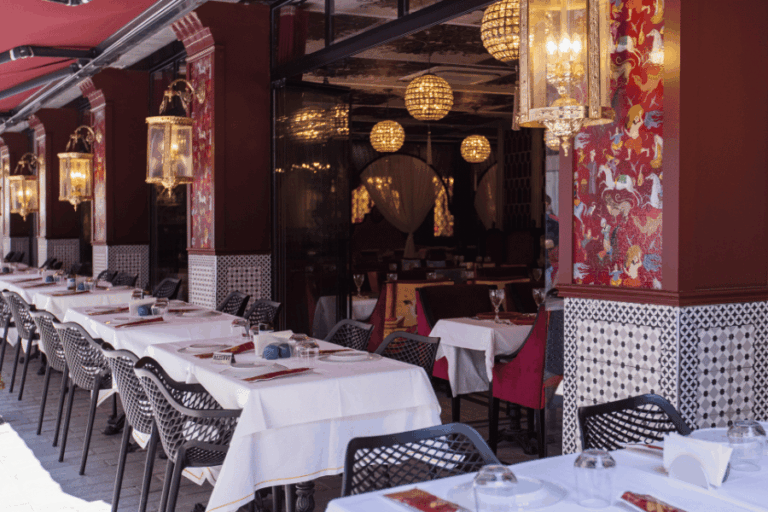In the Ottoman Empire, the sultans loved to eat what were the eating and drinking habits of the sultans? In the 15th century, Topkapi Palace had a kitchen staff of 100, and this number reached 500 during the reign of Suleiman the Magnificent in the 16th century. Before 1600, the kitchen staff exceeded 1,000 dedicated to creating confectionery, beverages, and elaborate dishes, all eaten by the sultan.
Ottoman sultans valued their culinary culture. They would fill their cellars with ground orchids and other exotic spices and lots of stuff. These included materials imported from Ottoman lands and neighboring regions, including the Persian Empire and China.
What the Ottoman Sultans ate was kept secret. Imperial cooks were forbidden to write recipes. The sultan did not want to share his cooking secrets with anyone. While some popular Ottoman dishes, such as Turkish coffee and baklava, are still mainstays of Turkish cuisine, others are more difficult to reconstruct.
Ottoman Food Culture Lives in Istanbul
Despite the sultans’ secrecy, many foods and beverages popular with Ottoman rulers a century after the collapse of the Ottoman Empire can still be found on the streets of Istanbul today. These foods help Turkey rank among the top cooking countries and are the mainstays of Turkish culture.
1- Baklava

Ottoman sultans had their own confectionery kitchens that prepared treats for the palace. These cuisines specialized in sweets, jams, juices, and syrups, and baklava was one of the most luxurious desserts. While baklava dates back thousands of years, at least to the ancient Assyrians, the Ottomans perfected it. In the Imperial Palace of Istanbul, delicious baklavas were cooked in the kitchen. A kitchen notebook written in 1473 recorded the making of baklava.
For centuries only the rich could eat it. Baklava, which takes a lot of effort to make; It is made from paper-thin pastry coated with hazelnuts, pistachios, or walnuts.
2- Doner, Kebab

Turkish kebab has a long history, and legends tell of Turkish warriors eating grilled meat from their swords. Many of the sultans, including the 19th-century sultan Sultan Abdulaziz, enjoyed a good kebab.
The most famous Turkish kebab today is probably the doner kebab, which was developed in the 19th century. Grilled meat is cut from a vertical rotary oven and served.
3- Sherbet
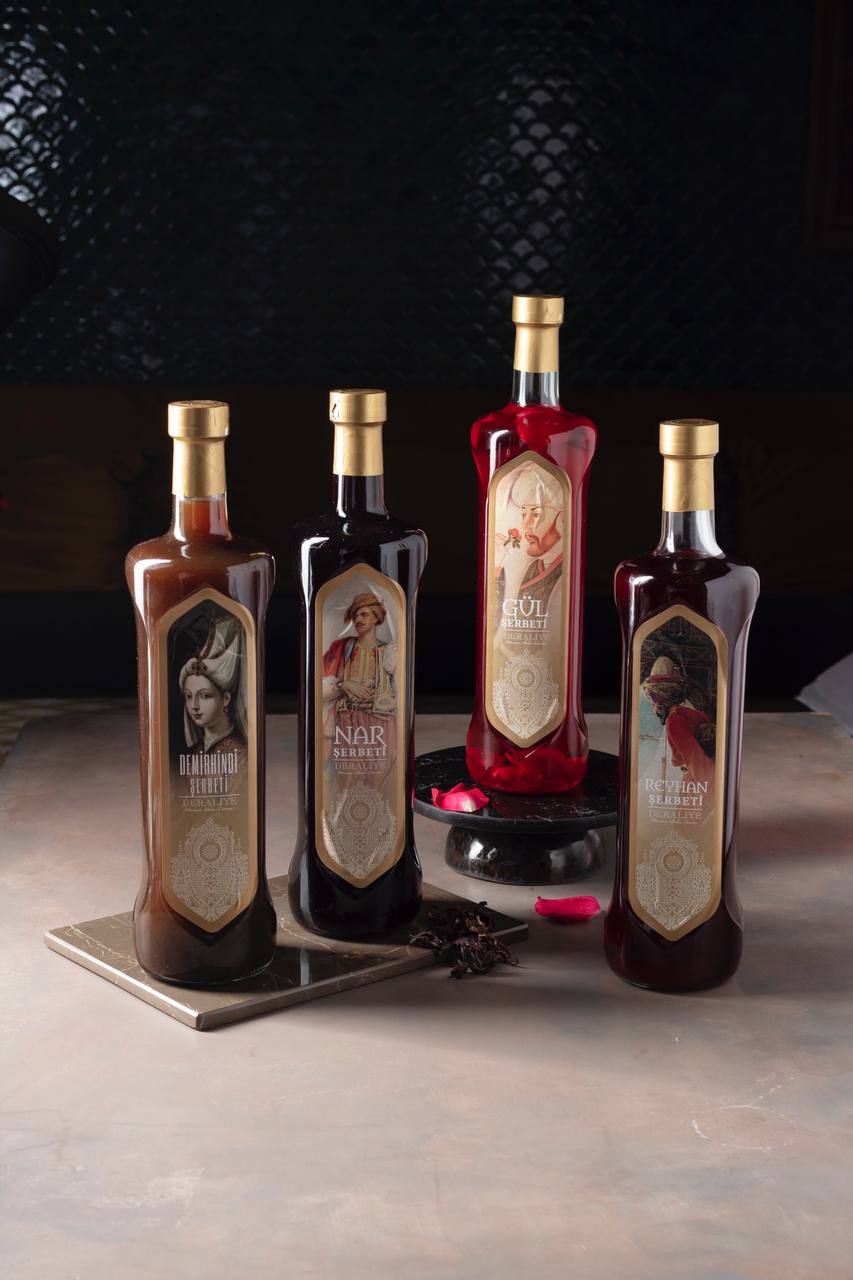
Ottoman sherbet is a little different from the drinks we drink today. The Ottomans drank sherbet made by mixing crushed fruits with herbs and flowers. This delicious drink was popular before and during meals as a refreshing treat. It is a beverage made from quince, apples, pears, peaches, and apricots and then combined with iced spring water.
4- Börek
Ottoman sultans have eaten börek at least since the reign of Mehmet the Conqueror in the 15th century. It is the pastry food that is still popular today. It can be prepared in the form of a triangle, crescent or square. It is stuffed with ingredients such as lamb, cheese, or vegetables.
More than 500 years ago, Fatih Sultan Mehmet ate chicken pie. Other sultans may have eaten börek with a wide variety of imported ingredients. For example, in 1649, the Ottoman sultan offered pies filled with ground meat, dried apricots, dates, and chestnuts at a diplomatic feast.
5- Pilaf
The history of pilaf dates back to at least 1404 when the Turko-Mongol Emperor Timur served “rice prepared in various ways” at a banquet. By the 16th century, varieties of Turkish rice were being served in Iran. Rice pilaf was an essential part of Ottoman cuisine and was especially popular in the Ottoman rival, the Persian Empire.
An Ottoman traveler in the 17th century was amazed by the 40 kinds of pilaf made in the Iranian city of Tabriz, which was occupied by the Ottomans at many points throughout history.
6- Tea
The Ottomans learned tea from China. In the late 19th century, an Ottoman governor described the health benefits of tea. At the same time, the Ottomans tried to grow their own tea, but this continued until after the collapse of the Ottoman Empire.
The Ottomans brewed tea in the Russian style, using a multi-tiered saucepan to boil water and create a dense, concentrated drink. Drinkers can open the dark tea with water.
7- Salep
The Ottomans liked to drink salep, a warm, milky beverage made from ground orchids. The Ottomans used to grind the dried roots of wild Anatolian mountain orchids to make salep flour, the main ingredient of the drink. Then they would mix the salep flour with milk, rose water, and sugar. The result was a sweet, luxurious drink.
Salep flour was so popular that the Ottomans added it to their confectionery, including ice cream, in part because salep was considered an aphrodisiac.
8- Dolma and Sarma
Ottomans loved stuffed meats. A whole type of Ottoman cuisine focused on stuffing and wrapping. When Istanbul was conquered in 1453, Sultan Mehmet discovered his love for stuffed meat or vegetables with meat. At first, the dish appeared only on the Sultan’s plate, but the trend quickly spread.
The Ottomans also learned to wrap vegetables, spices, and rice in grape leaves, which they call wrapping, after the process.



